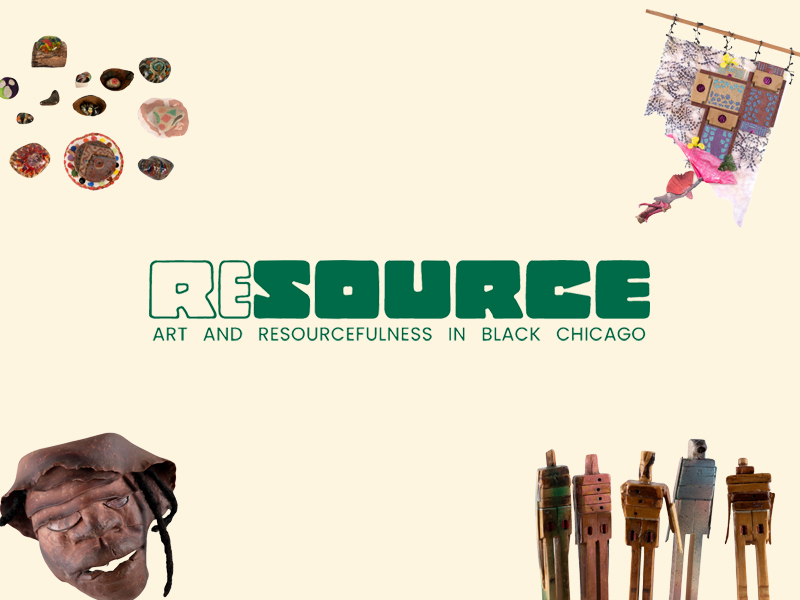
EMERGENCE: Intersections at The Center
OPENING RECEPTION: APRIL 15, 6-8PM EMERGENCE: Intersections at the Center spotlights The South Side Community Art Center’s historical role in supporting a full spectrum of Black artists through an intersectional viewpoint. The first exhibition of its kind at the South Side Community Art Center, EMERGENCE positions the Center as an important anchor for […]












